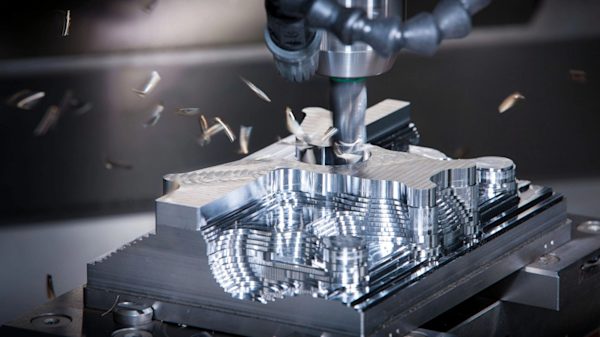The world has so far wasted 6.3 billion metric tons of waste plastic with it either ending up burnt into the atmosphere or shoved into huge piles to slowly rot.
When Dave Hakkens (inventor of Phonebloks) and his team at Precious Plastic need to make something they look no further than waste plastic and a good set of tools. This was true when they recently decided to turn part of the 90% unrecycled plastic in the world into functional iPhone cases. Using old milk bottles, takeaway coffee tops and old cleaning bottles and a series of plastic recycling machines that they built.
 A picture taken by Dave Hakkens on a beach full of washed up waste plastic
A picture taken by Dave Hakkens on a beach full of washed up waste plastic
An Untapped Resource
The project centres around empowering people to create their own plastic recycling centre, wherever they are based. Through this initiative, there are now 100's of locations worldwide taking old plastic and turning it into new innovative products for the environmentally conscious consumer. These centres utilise the open source range of machines, developed by Precious Plastic, including all the information on their assembly and operation.
 The V3 collection of Precious Plastic recycling machines including (from left to right) an injection molder, extruder, shredder and compression machine
The V3 collection of Precious Plastic recycling machines including (from left to right) an injection molder, extruder, shredder and compression machine
The recycled iPhone case was done to showcase the value of waste plastic and stimulate people to see it as a free resource. By combining high-end technologies with recycled plastic it shows you can create high-quality products that go beyond being a "recycled plastic product".
Making 100's of the same thing
To create the mold for the case, the team used CNC machining through Protolabs Network, to source affordable parts. It was important for this particular project to make the components accessible to those not owning CNC machining capabilities, so it served as a valuable test case as well.

The quotation for parts
Jerry De Vos was the designer of the iPhone mold. He used a standard CAD file of an iPhone online and basing the design of the mold around it. Jerry knew that the parts he created for the mold could be easily machined due to their simple geometries. The reason CNC machining was used as the manufacturing method was a combination of the high dimensional accuracy (±.125mm) and the materials available (Aluminum 6061 used) that can withstand the heat/pressure of 100's of shots.

 Top: Back of the mold. Bottom: A close up of the as machined finish of the part
Top: Back of the mold. Bottom: A close up of the as machined finish of the part
An alternative approach could have been to use 3D printing with laser sintering (SLS) , but the price would have been a lot higher than the €450 they paid for the mold. Finally, using metal 3D printing (SLM) to print the molds directly was not a real good option as the designs were easily machinable and the added benefit of 3D printing was thus low. CNC machining also had the added benefits of being far more accessible not only in price but in regional availability.
After the team received the mold they finished it off by adding threads, screws and some final touches before it was then attached to their home built injection molder. With one big push of the handle, the plastic pellets are pushed through the nozzle at the base forming into the shape of anything your mold is cut to, in this case, an iPhone mold.
Why bother?
iPhone's are not the most environmentally friendly products with all the transatlantic shipping, as well as the process of acquiring the components themselves. The iPhone cases themselves tend to be discarded when broken, or another phone comes out, adding to the pile of plastic waste.
By creating a familiar product that's used by 10's of millions of people around the world, Precious Plastic hopes to showcase a relatable case (no pun intended) of how to use their plastic recycling machines for the better. Another step forward to changing the current perception of plastic as a product to be wasted not a resource to be utilised.

 Top: The mold alongside some of the iPhone cases created. Bottom: The iPhone case in use
Top: The mold alongside some of the iPhone cases created. Bottom: The iPhone case in use
The mold files are already being replicated across the world, with more molds being designed and shared with the Precious Plastic community. The product is then sold by their creators online, at markets and in stores from Lithuania to Kenya.
iPhone cases and beyond
For the future of the project as a whole, the team just released v3 of their recycling machines. Next, they’ll be looking at scaling up and how to get the machines producing more parts, more efficiently and in more countries. Get an instant quote from Protolabs Network.
To be continued…
 A selection of the current products being made by the Precious Plastic community
A selection of the current products being made by the Precious Plastic community








